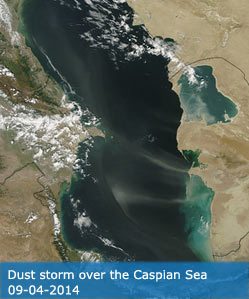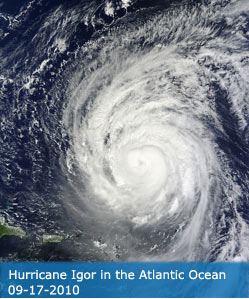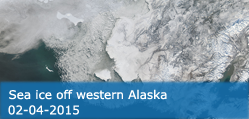Science Team
Publications
Zhu, DT; Sun, P; Hu, QF; Zhang, KF; Wu, SQ; He, PP; Yu, AZ; Yin, WB; Liu, WK (2024). A Fusion Framework for Producing an Accurate PWV Map With Spatiotemporal Continuity Based on GNSS, ERA5, and MODIS Data. IEEE TRANSACTIONS ON GEOSCIENCE AND REMOTE SENSING, 62, 5802214.
Abstract
Spatiotemporally seamless precipitable water vapor (PWV) maps with high accuracy, spatiotemporal resolution, and continuity are of significance for climatical research. The current frameworks for the PWV maps have predominantly concentrated on fusing PWV derived from ERA5 reanalysis (ERA-PWV) and Moderate Resolution Imaging Spectroradiometer (MODIS) near-infrared data (MOD-NIR-PWV), falling short in accuracy. In this study, PWV derived from global navigation satellite systems (GNSS-PWV) is introduced to produce spatiotemporally PWV maps with improved accuracy. The fusion framework involves two main steps: 1) spatial fusion for producing an initial PWV map with spatiotemporal continuity through spherical cap harmonic (SCH) analysis and 2) temporal fusion for producing a refined PWV map with high accuracy through residual correction. GNSS-PWV over 188 stations, 0.25(degrees )x 0.25(degrees) ERA-PWV, and 0.05(degrees) x 0.05(degrees )MOD-NIR-PWV over China from 2013 to 2018 are used to produce the daily 0.05(degrees) x 0.05(degrees )PWV maps. The performance is evaluated using out-of-sample data, containing 18 GNSS-PWV and 90 ERA-PWV, and independent reference data, containing radiosonde-derived PWV over 72 stations. When compared to the out-of-sample GNSS-PWV and ERA-PWV, the PWV maps exhibit the mean biases of -1.04 and -0.55 mm and the rms of 1.75 and 0.97 mm, respectively. These are equivalent to 8.7% and 32.1% reductions in bias and 25.5% and 49.5% reductions in RMSE relative to MOD-NIR-PWV. When radiosonde-derived PWV is used as the reference, the PWV maps have the mean bias and the RMSE of -0.53 and 2.21 mm, respectively, which outperforms ERA-PWV (-0.75 and 2.69 mm). These results indicate the effectiveness of the novel fusion framework in producing seamless PWV maps.
DOI:
10.1109/TGRS.2024.3447832
ISSN:
0196-2892




